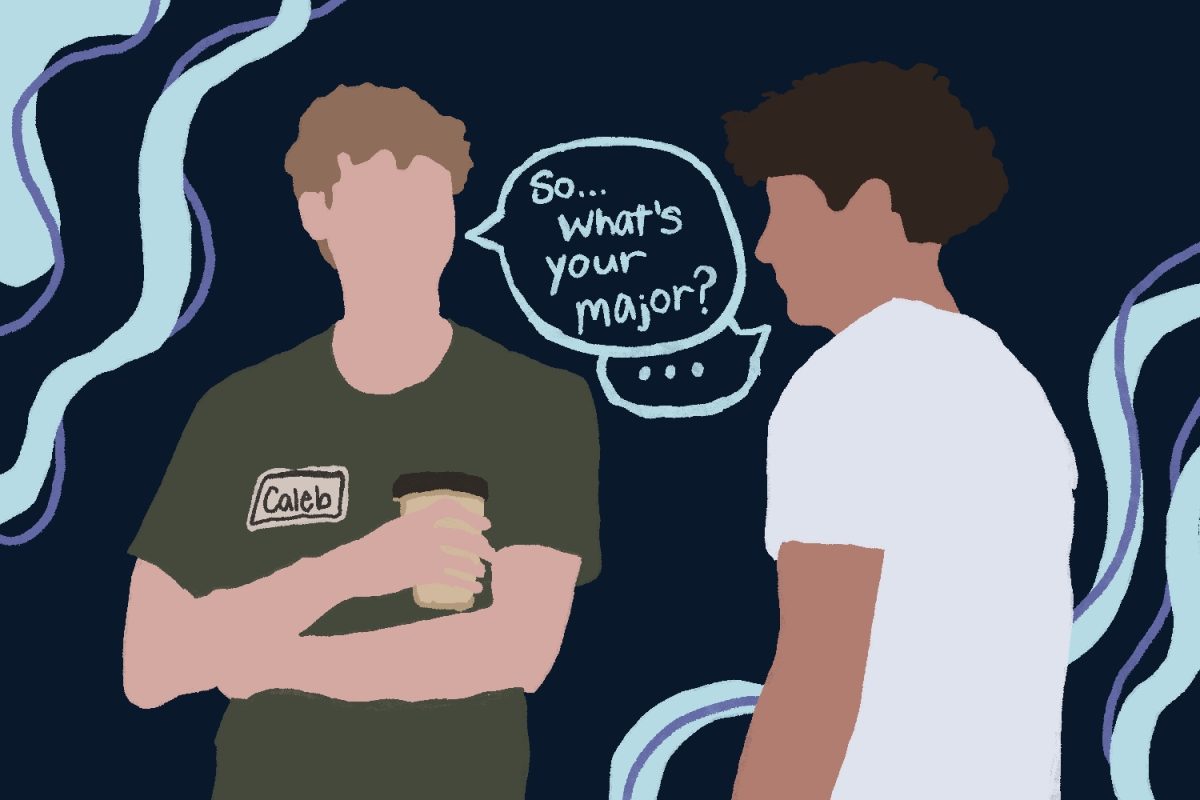After multiple Boston residents tweeted photos of Massachusetts Bay Transportation Authority employees found sleeping on the job over the past few weeks, MBTA officials announced that any employee found sleeping or having a lack of attentiveness will be disciplined.
“Sleeping on the job has always been prohibited,” said Joe Pesaturo, director of communications for the MBTA. “The only thing that is different is the discipline procedure. Effective immediately, any employee found to be in violation of this special order will be subject to discharge. Prior to the issuance of this special order, the level of discipline varied. It would be determined, in large part, by an individual employee’s work history and a review by their supervisor.”
On Thursday, the directors of all the different departments of the MBTA sent out an operations special order to all operations personnel. The order emphasized the impression that employees were giving customers. Now, if an employee is found passed out or very inattentive, they will be issued a 30-day suspension on the first offense and a recommendation for discharge.
“The image that we as front line MBTA employees present to our customers is a critical element in maintaining the public’s trust,” the operations special order reads. “It is of the utmost importance that MBTA employees project an image of alertness, professionalism and engagement in their work at all times. It is absolutely forbidden for any MBTA employee to be sleeping or giving the appearance of sleeping while on duty or on paid breaks.”
Max Timchenko, 33, of Brighton, said including the “appearance of sleeping or lack of attentiveness” in the order was too strict.
“The appearance clause is very vague because you never know if that’s just the way they look, so punishing that preemptively would be unfair,” he said. “But there definitely needs to be a serious penalty for sleeping on the job because so many people could be hurt.”
Prior to this order, many MBTA officials have actually been caught on camera sleeping on the job by train riders, some while operating the train. In December 2012, an exhausted MBTA train operator was fired after crashing a Green Line trolley at the Boylston stop, which sent 35 people to the hospital.
The main point of the order was that MBTA officials need to be professional and make themselves trustworthy of the millions of people that use the MBTA daily.
“This also includes deadheading, at lay over points, in Authority non-revenue vehicles, or any other situation where employees are in public view,” the special order read. “Employees that give the impression of sleeping or lack of attentiveness on duty seriously erodes the public’s confidence in the Authority and damages the image of all MBTA employees.”
Some residents said they have mixed feelings about the severity of the punishment fitting with the crime. Most agreed that it was a very serious matter, but did not know whether the punishment was too harsh for a first offense.
“It’s putting public safety at risk, so it definitely needs to be taken seriously,” said Anna Ing, 40, of Allston. “I’ve ridden the T for years, though, and haven’t seen this happen. But I do know there have been circumstances where a lot of people have gotten injured because a driver has fallen asleep. I’m very torn because I want to say they should receive a warning first, but at the same time it’s incredibly dangerous and needs to be taken seriously.”
John Kelley, 27, of Brighton, said not every case is the same, so other factors would need to be considered as well, but agreed it was an incredibly critical issue.
“These workers are responsible for the lives of all the people inside, so it’s definitely a serious matter,” he said. “And of course whether they’re sleeping because they’re drunk or sober, or other influences like that, would have some bearing.”


















































































































